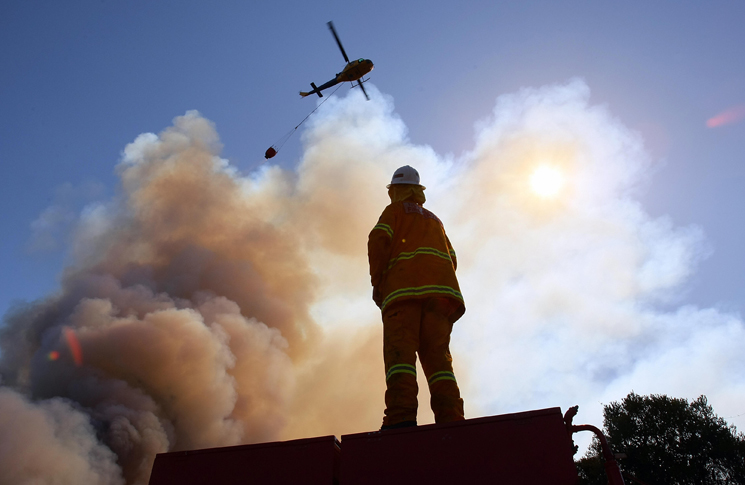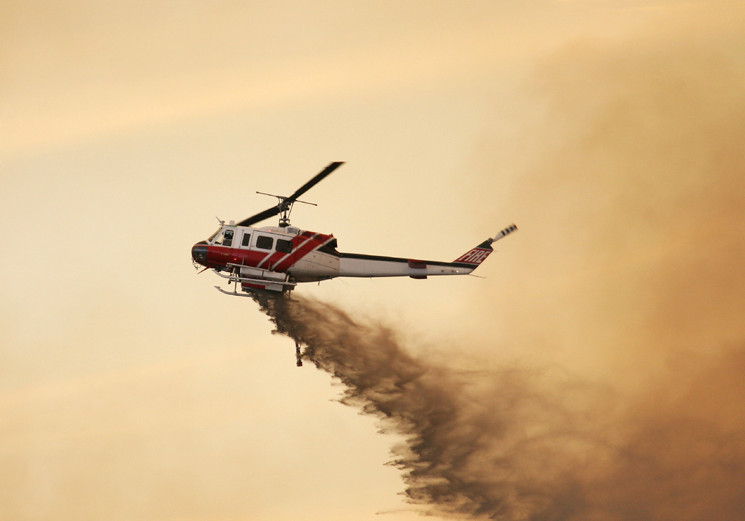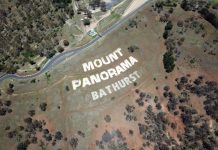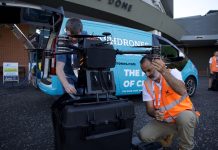El Niño adds weight and urgency to our annual bushfire warning.
Summer 2023–24 has started early, it seems, with scorching September temperatures on Australia’s east coast and interior. And yesterday the Bureau of Meteorology officially confirmed an El Niño event.
This is when sea surface temperatures in the central and eastern tropical Pacific are significantly warmer than average, leading to less rainfall in the western Pacific Ocean and eastern Australia. Add vegetation growth from the past 3 wet years in Australia, now drying, and the odds are high of a busy bushfire season.
So it’s already time to remind all pilots – commercial, recreational and drone – to stay away from bushfires and not risk getting in the way of emergency services.
Pilots need to be aware of where bushfires may be active and the requirements of firebombing aircraft.
These aircraft are becoming larger, faster and more capable in performing a critical role in bushfire suppression operations. It is vital that pilots make themselves aware of the increased likelihood that firebombing aircraft may be operating in the vicinity of any bushfire at low level.
So, forgive us for stating the obvious, but keep your aircraft away from bushfires.
This applies whether you’re flying a manned or unmanned aircraft.
The En Route Supplement Australia (ERSA) contains a general warning that unnotified intense aviation activity associated with firefighting operations could occur at any time. This is especially the case during the fire season. Pilots of manned aircraft are requested to remain at least 5 nm from fires and 3000 ft above them. Unmanned aircraft should only be flown 5 nm from a fire and no higher than 400 ft AGL.
Operators should also be aware that location specific NOTAMs and temporary restricted or danger areas (TRAs/TDAs) may be published or declared near fires should the risk to airspace users be elevated above the general warning status. In the event of a temporary restricted area, operations within these areas will be restricted subject to the conditions of entry set out in the associated NOTAM.
Guidance and information can be found through the CASA’s flying near emergencies page, the CASA-verified drone safety apps or by contacting CASA or the relevant state fire services.
Please exercise common sense and help those exceptional members of our community who protect the rest of us.






